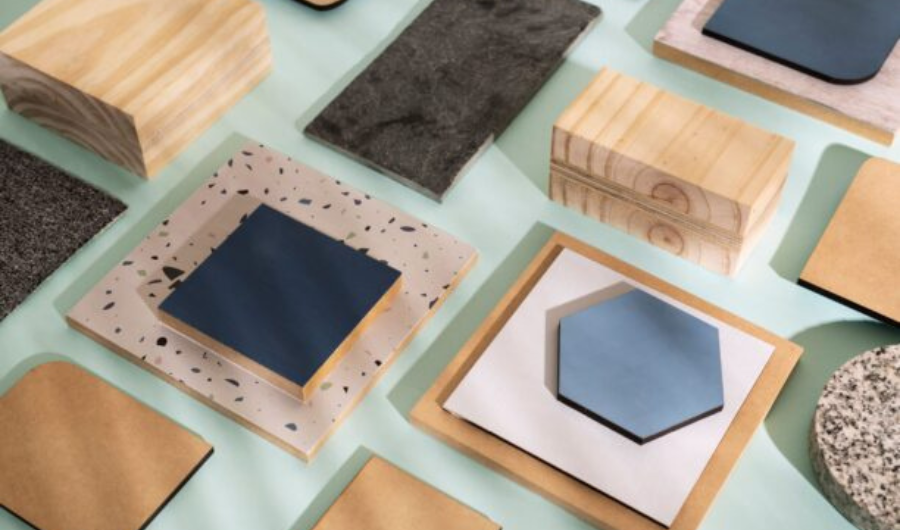Wood is a very flexible material used in furniture manufacturing, valued for its durability, natural beauty, and ease of usage. However, not all woods are made equal, and each species of wood has unique properties and characteristics that make it suited for different types of wood for furniture. In this comprehensive guide, we will look at some of the most common varieties of wood and also Best wood for furniture making, emphasizing their distinct qualities and the sorts of furniture they are most suited for.
1. Hardwood vs. Softwood
Hardwood:
- Comes from deciduous trees (trees that lose their leaves seasonally).
- Generally denser and more durable than softwood.
- Examples include oak, maple, cherry, and walnut.
Softwood:
- Comes from coniferous trees (trees that bear cones and usually have needle-like leaves).
- Typically less dense and more affordable than hardwood.
- Examples include pine, cedar, and spruce.
Both hardwood and softwood have distinct qualities that make them suited for various purposes in furniture manufacturing.
2. Popular Types of Hardwood
a. Oak
- One of the most popular hardwoods used in furniture making.
- Known for its strength, durability, and distinctive grain patterns.
- Available in red oak and white oak varieties, with white oak being slightly harder and more durable.
- Suitable for a wide range of furniture styles, from traditional to modern.
b. Maple
- Renowned for its light color and smooth texture.
- Hard and dense, making it ideal for furniture that requires durability, such as cabinets and tabletops.
- Accepts stains and finishes well, allowing for customization of appearance.
c. Cherry
- prized for its rich, reddish-brown colour that deepens with age.
- Moderately hard and strong, with a fine, uniform grain.
- Often used in high-end furniture and cabinetry.
d. Walnut
- Known for its rich, dark colour and attractive grain patterns.
- Moderately hard and durable, with excellent workability.
- Adds a touch of elegance and sophistication to furniture pieces.
e. Mahogany
- Highly prized for its rich, reddish-brown colour and straight grain.
- Exceptionally durable and resistant to moisture and pests.
- Often used in fine furniture and antique reproductions.
3. Popular Types of Softwood
a. Pine
- One of the most widely used softwoods in furniture making.
- Lightweight and easy to work with.
- Offers a rustic charm with its prominent grain patterns.
- Often used in country-style or rustic furniture.
b. Cedar
- Known for its distinct aroma and natural insect-repellent properties.
- Lightweight yet durable, with a straight grain and uniform texture.
- Often used in outdoor furniture and closet linings.
c. Spruce
- Light in color with a straight grain.
- Relatively soft and easy to work with, making it suitable for beginners.
- Commonly used in construction-grade furniture and decorative pieces.
4. Exotic Hardwoods
In addition to ordinary hardwoods and softwoods, exotic hardwoods have distinct colors, grain patterns, and characteristics. While some woods are more expensive and difficult to find, they can offer a unique character to furniture pieces.
a. Teak
- Renowned for its rich, golden-brown color and high oil content.
- Extremely durable and resistant to moisture, making it ideal for outdoor furniture.
- Often used in boat building and decking as well.
b. Rosewood
- prized for its rich, reddish-brown color and distinct grain patterns.
- Exceptionally hard and dense, with a natural luster that polishes well.
- Often used in high-end furniture and musical instruments.
c. Ebony
- Known for its deep black color and fine texture.
- One of the hardest and densest woods available.
- Often used in small accent pieces or inlay work for contrast.
5. Sustainable Options
With growing worries about deforestation and environmental sustainability, many furniture manufacturers and buyers are looking for sustainable wood alternatives. This includes:
a. Bamboo
- Technically a grass rather than a wood, bamboo is fast-growing and highly renewable.
- Known for its strength, durability, and natural beauty.
- Often used in eco-friendly furniture and flooring.
b. Reclaimed Wood
- Salvaged from old buildings, barns, or other structures.
- Adds character and history to furniture pieces.
- Promotes recycling and reduces the demand for virgin wood.
c. FSC-Certified Wood
- Certified by the Forest Stewardship Council as being sustainably harvested.
- Guarantees that the wood comes from responsibly managed forests.
- Available in a variety of species, including both hardwoods and softwoods.
Conclusion
Durability, aesthetics, and sustainability are all essential considerations when selecting wood for furniture. Every type of wood has something special to offer, whether you choose a more exotic wood like teak or a more traditional hardwood like oak. You can choose materials for your furniture projects and also for DIY wood projects for home decor wisely if you are aware of the qualities of the various woods.

